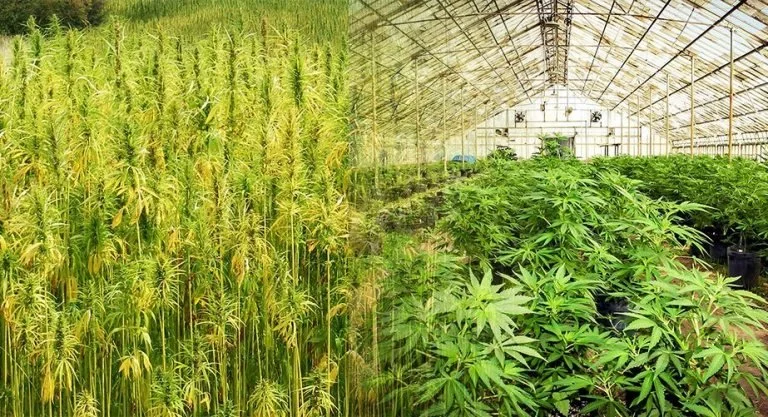What is CBD and How is it made?
Cannaidiol (CBD)
Cannabidiol, also known as CBD, is a powerful plant compound naturally found in cannabis. Evidence shows that CBD has been utilized by humans in herbal medicine as far back as 500 BC. Neat, huh? CBD and THC are two of the most well-known cannabinoids (a fancy name for cannabis plant compounds) but they aren’t alone! According to UCLA, there have been over 100 distinct cannabinoids as well as dozens of terpenes and flavonoids identified in cannabis – all of which can induce physiological changes in our bodies. However, the vast majority of them do not get you “stoned”, CBD included.
CBD will not get you high.
CBD has no intoxicating effects and is not psychoactive. This means people can use CBD products with ease in everyday life and in a variety of situations. For example, while at work, exercising, driving, or taking care of children. Combined with its ability to ease stress, anxiety, pain, inflammation, insomnia and more, this makes CBD very attractive and comfortable to use!
On the other hand, tetrahydrocannabinol (THC) is responsible for the mental and physical “high” that people usually associate with consuming cannabis. THC also boasts a number of wonderful beneficial uses; some say even more powerful than CBD! Yet the psychoactive component makes it far more limiting for day-to-day use, less appealing to many folks, and still illegal in some states.
Where does CBD come from? Hemp vs. Marijuana
Most CBD is derived from commercially-grown hemp plants. Hemp and marijuana are both species of the cannabis plant family (cannabis sativa), but are fairly different! Most notably, hemp contains little-to-no THC (no more than 0.3% by legal standards) while marijuana rings in with an average concentration of 12 to 25% THC. Both hemp and marijuana contain CBD, with varying levels depending on the particular strain.
Historically, industrial hemp has been grown for manufacturing of textiles, biofuels, and building materials. Those hemp plants are tall and lanky, looking far more like spindly weeds than the robust leafy cannabis plants most folks imagine. The stalks are of primary interest, processed for fibers.
Modern hemp, such as that grown to produce medicinal CBD oil and other extracts, has been selectively bred with low-THC strains of marijuana. The result is a hybrid: shorter, bushier hemp plants with larger “buds” (flowers) that are rich in terpenes, flavonoids, CBD, and other cannabinoids – but low in THC.
How are CBD products made?
After harvest, CBD is extracted from the resinous hemp plants by one of a number of extraction methods. The result is a highly-concentrated CBD oil. Then, the raw CBD oil can be diluted to a desired concentration and used in a variety of ways. For instance, mixed with a carrier oil for safe consumption as a tincture, or added to edibles, capsules, or topical creams.
The industry gold standard is C02 extraction. It is the safest method of extraction, and results in the most pure CBD oil. However, because C02 extraction is also the most costly option, some producers cut corners by using ethanol or solvent extraction instead. Solvent extraction can contaminate CBD with unwanted and toxic byproducts such as hexane. Therefore, I highly suggest seeking out CBD products that utilize C02 extraction only. At home, we use a simple infusion process to create homemade cannabis oil and then turn it into healing topical salve.
